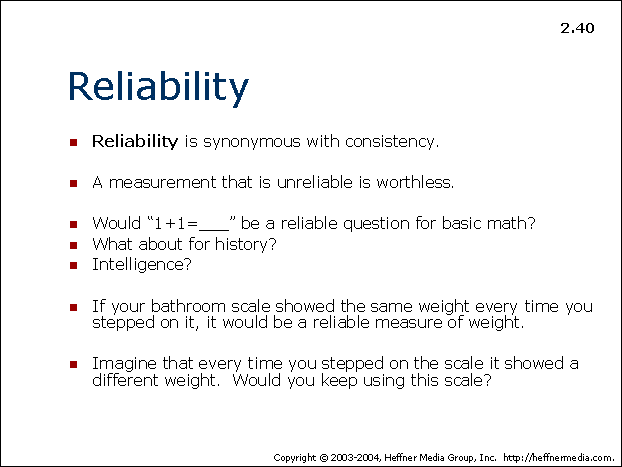
I intentionally provide a cursory description of how the scale is used untrained raters will enhance the results given that the activity’s purpose is to demonstrate variability of scores. After reading the description of Cameron, students must individually select a score based on their perception of his functioning. They are not allowed to discuss their thought process with the other students at this point in the activity.


I tell them that their first assignment is to rate Cameron using the scale. A copy of the scale is provided to students. ProcedureĪfter defining inter-rater reliability on the board, I inform the students that I have just “hired” them to help me screen potential patients. I explain that as employees they will need to rate each potential patient using the Global Assessment of Functioning Scale. Their findings will determine what kind of care a patient receives: individual therapy, partial hospitalization, inpatient hospitalization or no care at all. I created a description of a fictitious patient, Cameron. My 500-word description includes demographic information as well as details about Cameron’s interpersonal relationships and professional endeavors. My description is included with my submission. The Global Assessment of Functioning Scaleīackground and Demographics Information of Fictitious Patient The aim of this activity is to demonstrate inter-rater reliability. Furthermore, students learn why it is important and how to increase it. I designed this activity for my Introduction to Psychology and Abnormal Psychology courses.


Inter-rater reliability is an important but often difficult concept for students to grasp. Inter-rater reliability is a measure of consistency used to evaluate the extent to which different judges agree in their assessment decisions. Inter-rater reliability is essential when making decisions in research and clinical settings. If inter-rater reliability is weak, it can have detrimental effects.


 0 kommentar(er)
0 kommentar(er)
